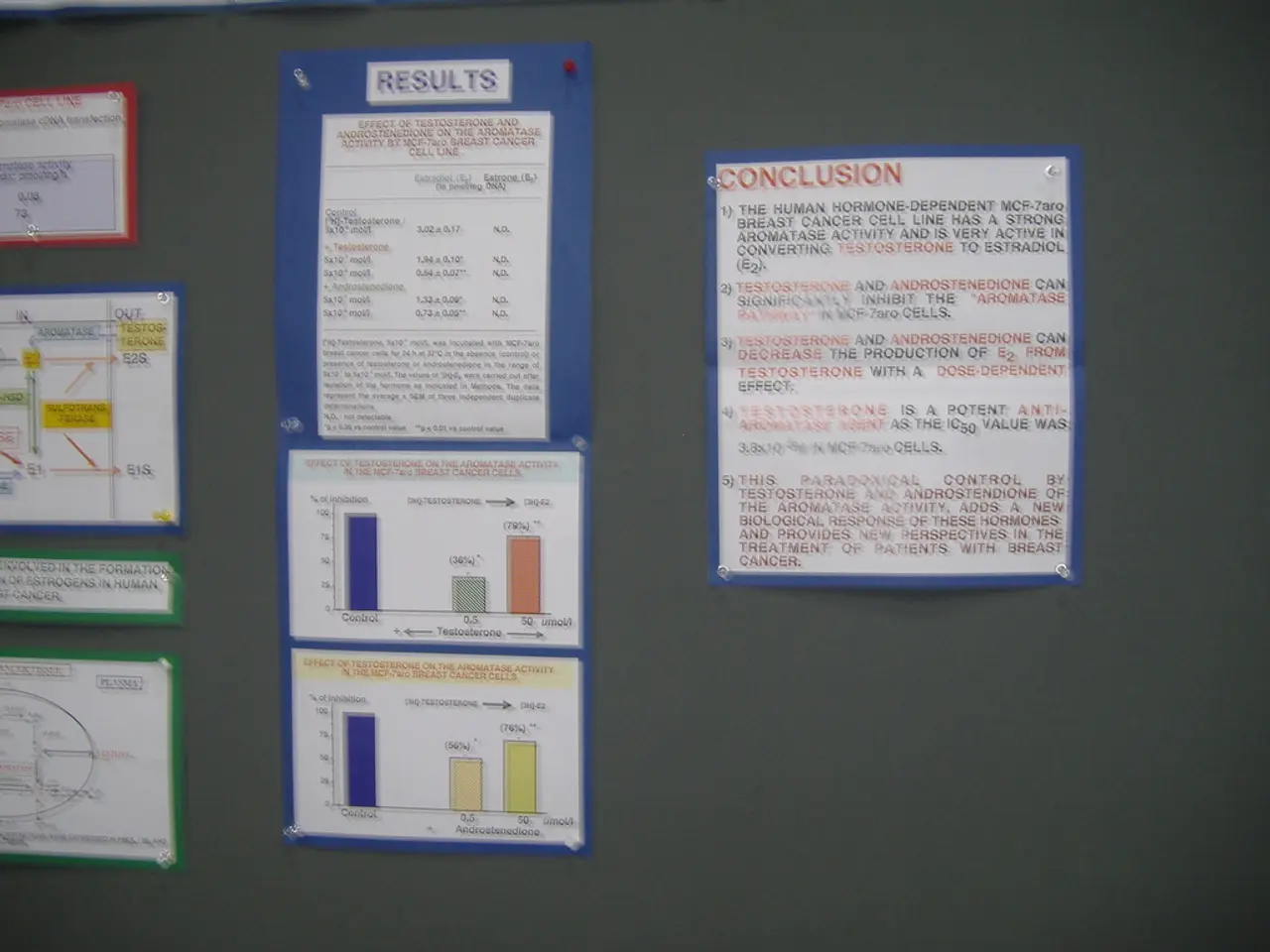Inadequate Security Safeguards Exist
In the ever-evolving world of finance, the mortgage bond market in Russia has seen significant growth and transformation. However, the memories of the 2007-2009 US mortgage crisis still linger, with experts acknowledging the potential risks associated with mortgage-backed securities.
Current market mechanisms have been put in place to mitigate these risks, particularly in the mortgage bond market. For instance, in the case of mortgage bond issuances backed by AO "Dom.RF", the described risks could only be realized in a scenario of a sharp and extremely significant increase in the default rate on mortgage loans in a single payment period, which is unlikely in the medium term.
One of the key risks that mortgage bonds face is interest rate risk. This arises when investors find it difficult to predict the repayment schedule of the bond, but they receive a premium for this risk. Interest rate risk is prevalent among mortgage bonds with long maturities, such as papers issued in 2025 with maturities of 2054-2056.
To combat these risks, several measures have been implemented. Enhancing transparency is a key focus, with improved disclosure requirements for securitized assets providing better information to investors. Stricter risk assessment criteria for underlying assets have also been implemented to strengthen risk assessment.
Regulatory oversight has been tightened, with a focus on ensuring compliance with prudential standards for issuers and securitization vehicles. Capital requirement adjustments have been made, requiring banks and financial institutions to hold sufficient capital against securitized exposures to mitigate credit risk.
These measures aim to improve market discipline, investor confidence, and overall stability of securitized instruments in Russia by reducing the probability of defaults and systemic contagion.
Looking ahead, the Bank of Russia has proposed several new measures to further minimize emerging risks. These include creating a separate reserve fund for each issuance of securitized instruments and establishing a centralized state registry of assets serving as the source of payments for issued bonds.
In the realm of multi-tranche securitization deals, reserve funds are always established on pledged accounts. Multi-tranche securitization minimizes the listed risks by having varying priority levels for fulfilling obligations and a junior tranche designed to fully compensate for the risk of the senior tranche with a significant margin of safety.
As we move forward, understanding the exact recent measures proposed by the Bank of Russia and their impacts will require access to official publications or announcements from the Bank of Russia or detailed Russian financial regulatory analyses post-2024. For insights based on general international securitization risk management frameworks or on the European or U.S. approaches that may influence Russia, more research is needed. However, the current set of search results does not include Russia-specific securitization risk mitigation policies.
- The mortgage bond market in Russia, despite its growth and transformation, is not immune to risks, particularly the potential risk associated with interest rate fluctuations and mortgage-backed securities.
- To avert the risk of interest rate volatility, the Russian market has implemented measures such as enhanced transparency, stricter risk assessment criteria, and tighter regulatory oversight.
- Looking at the future, the Bank of Russia has proposed additional measures to safeguard the securitized instruments, including creating separate reserve funds for each issuance and establishing a centralized state registry of assets.
- In multi-tranche securitization deals, reserve funds are established, and the multi-tranche structure itself minimizes risks by implementing varying priority levels for obligations and a junior tranche designed to protect the senior tranche.








